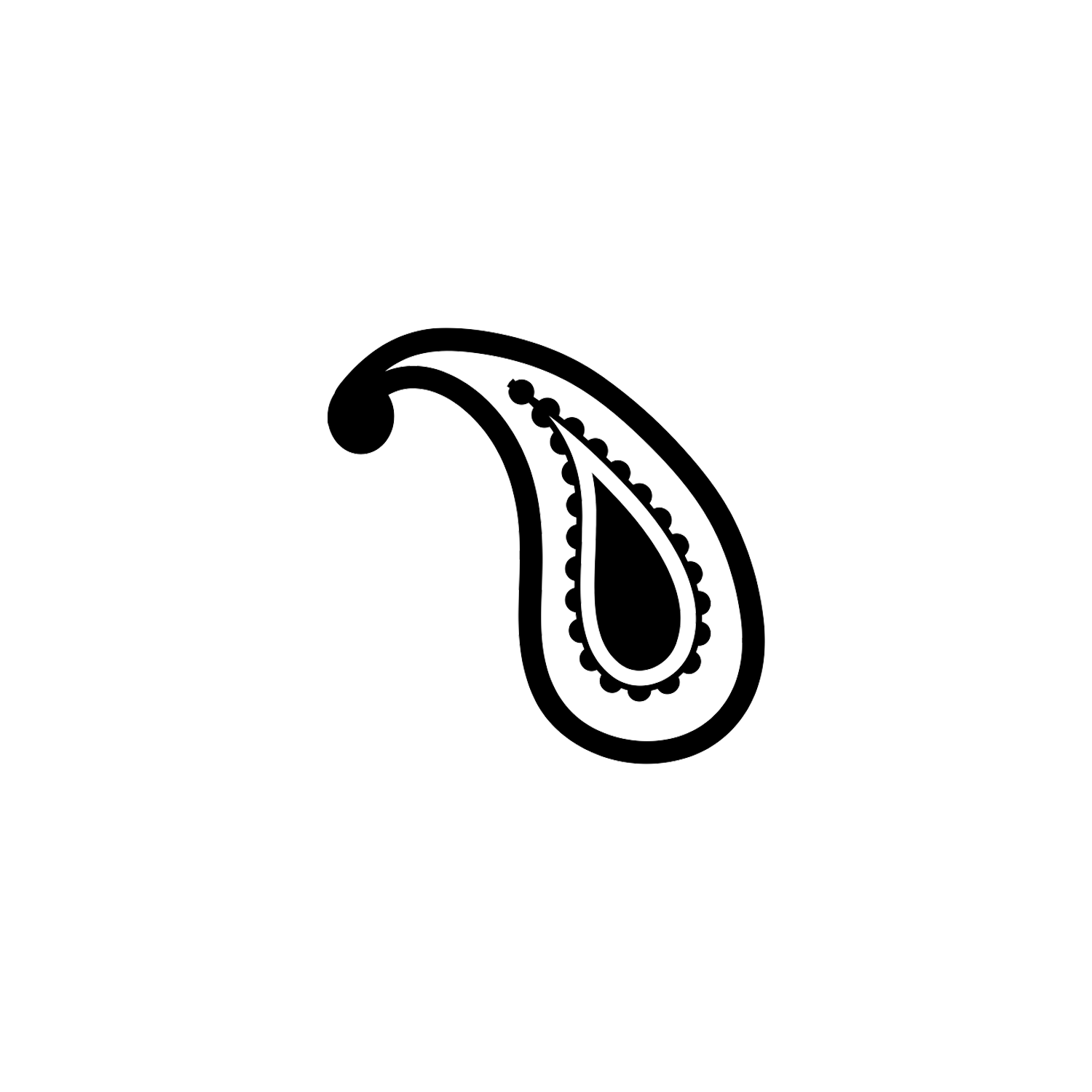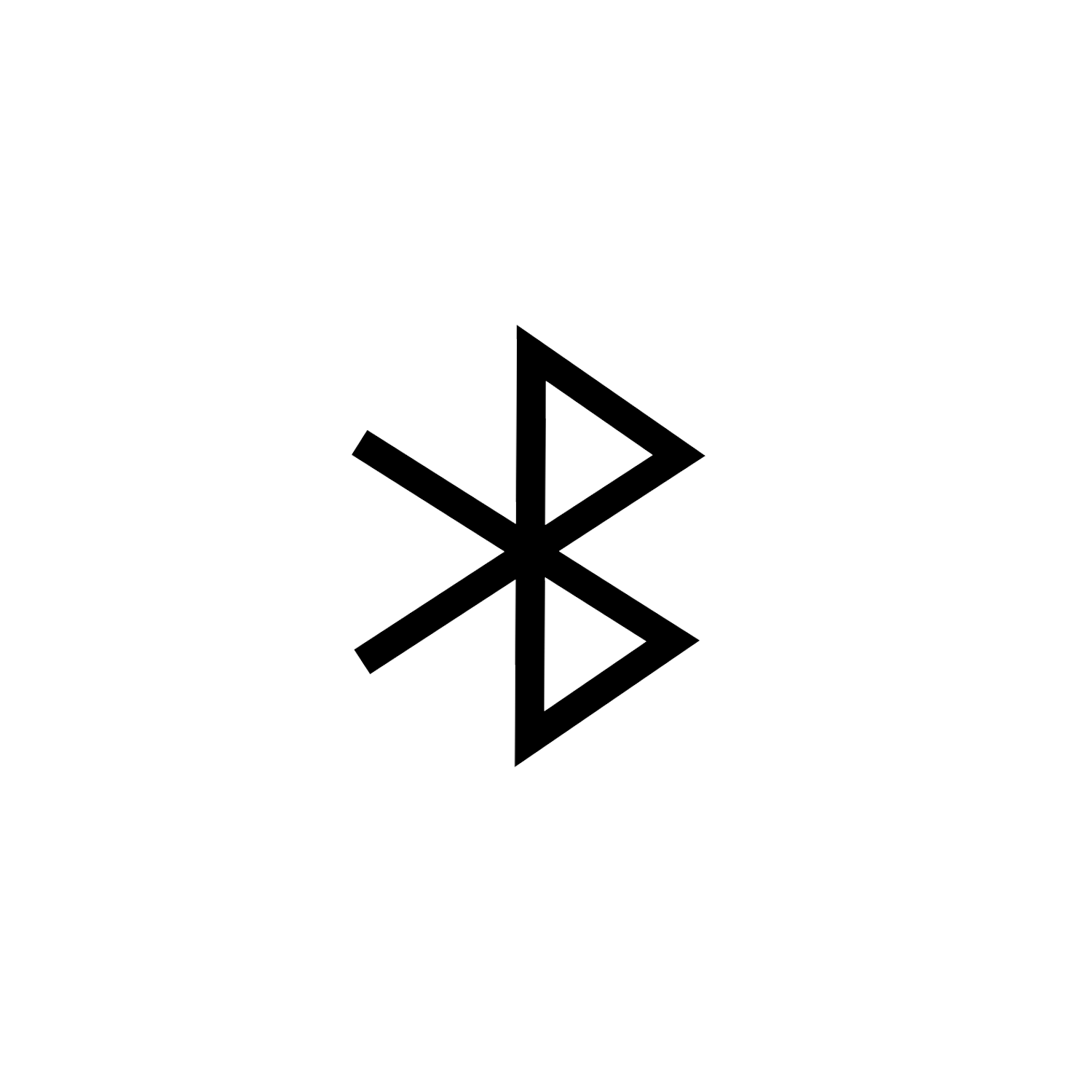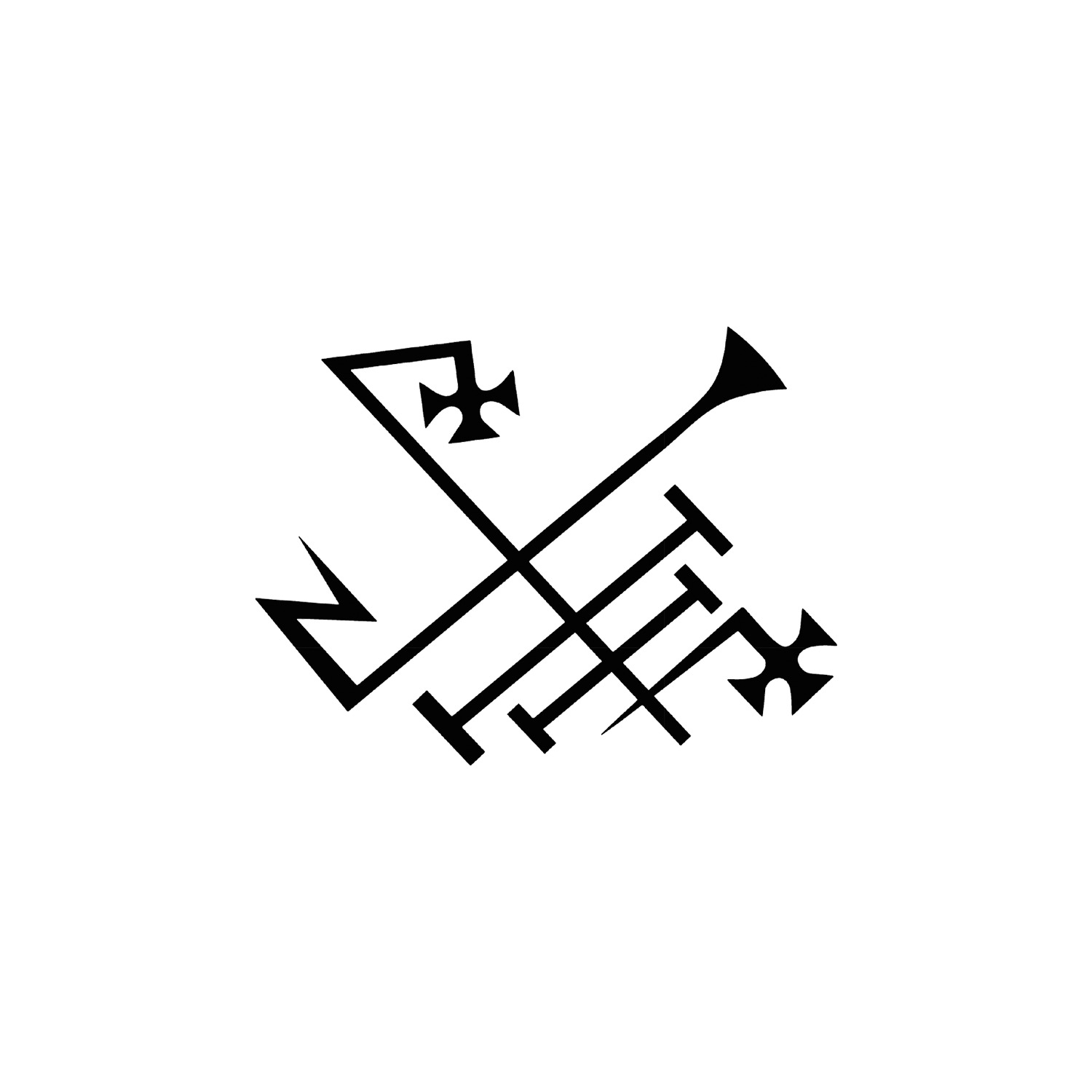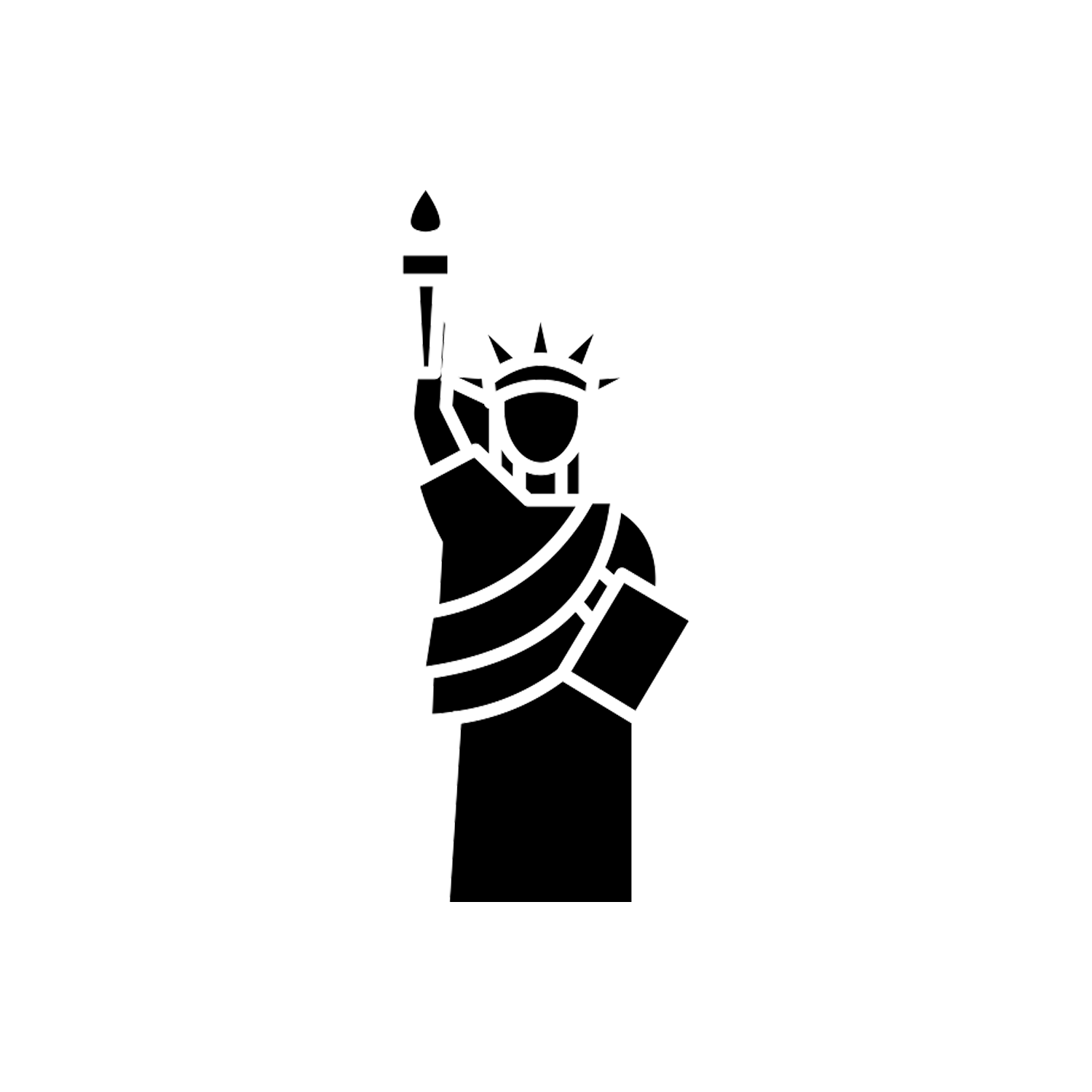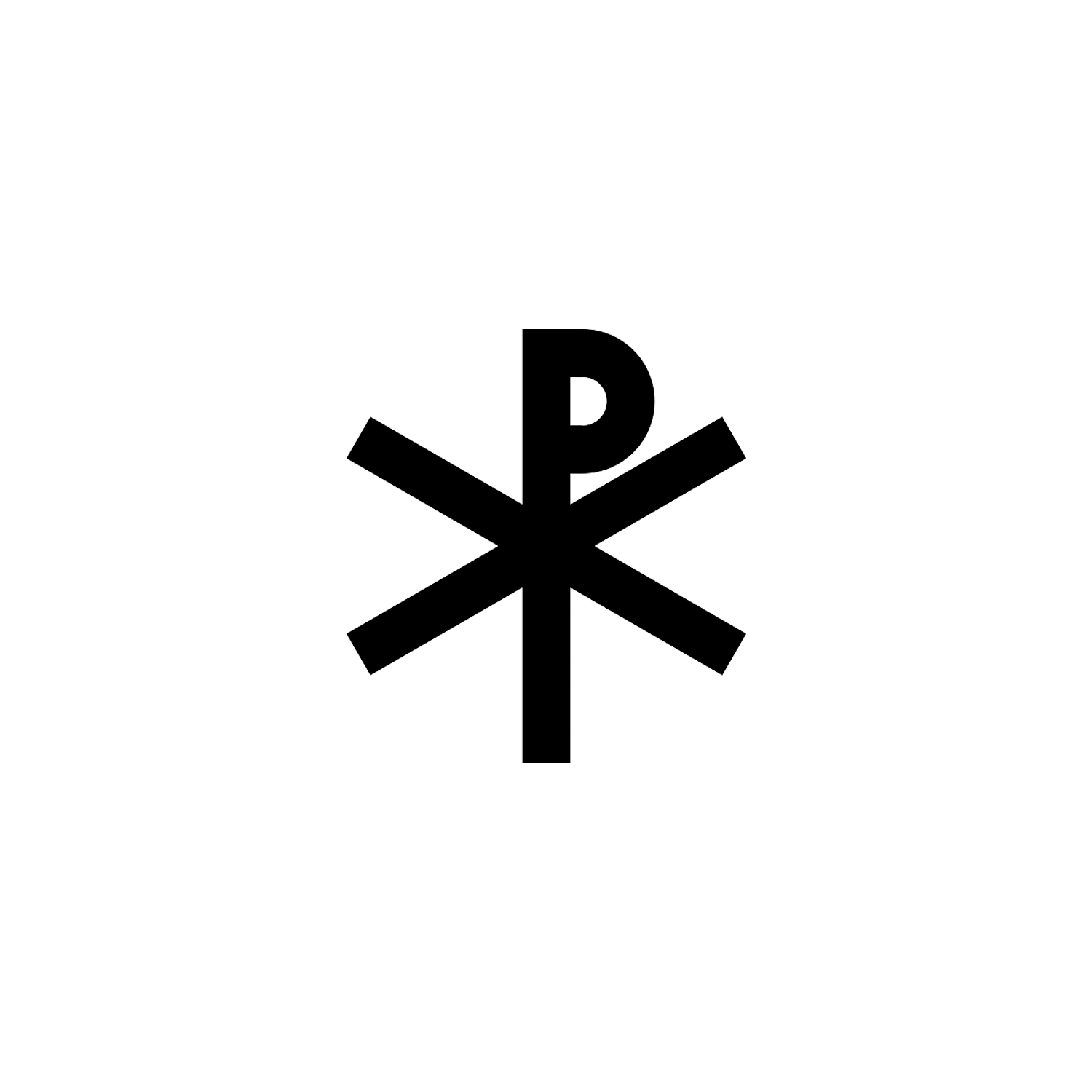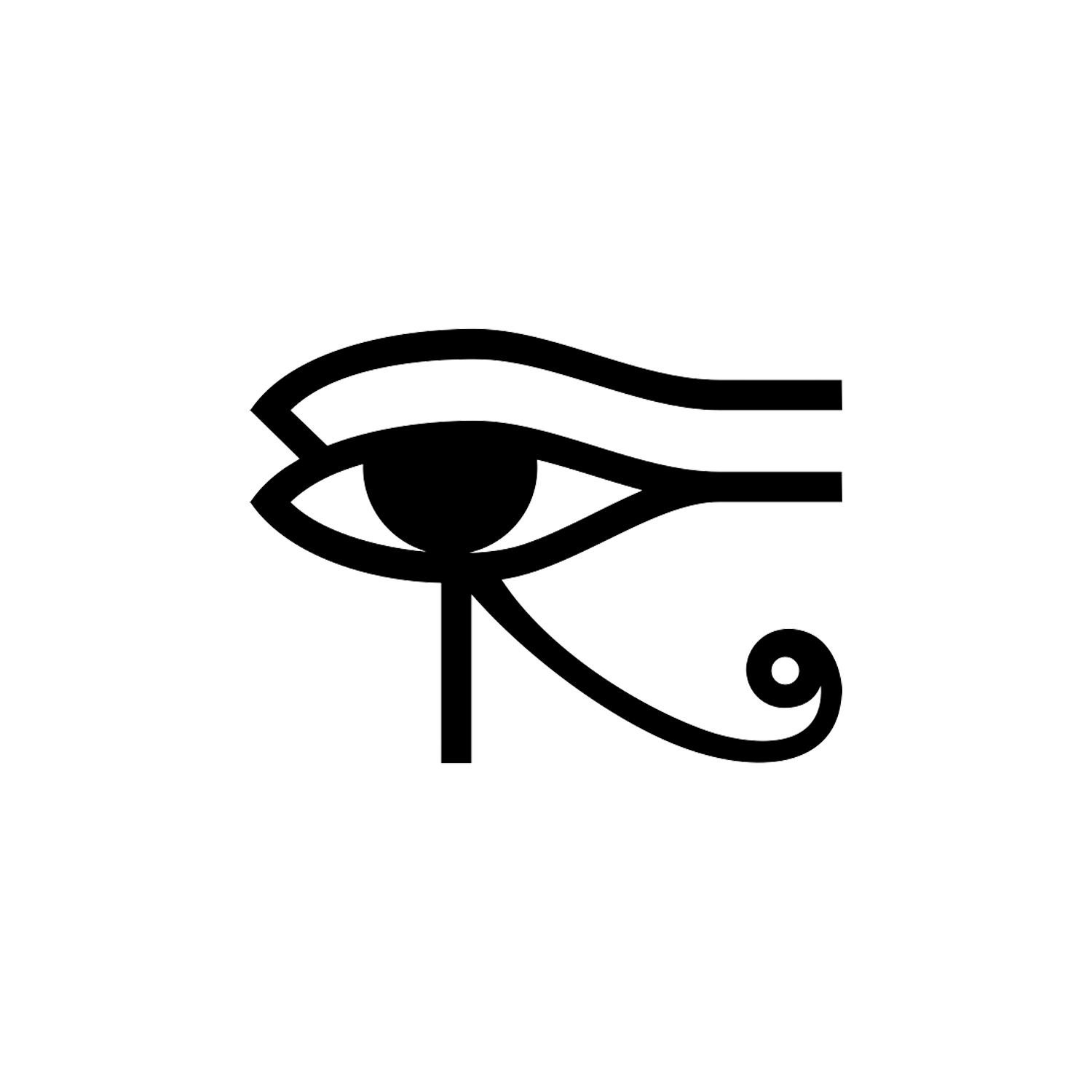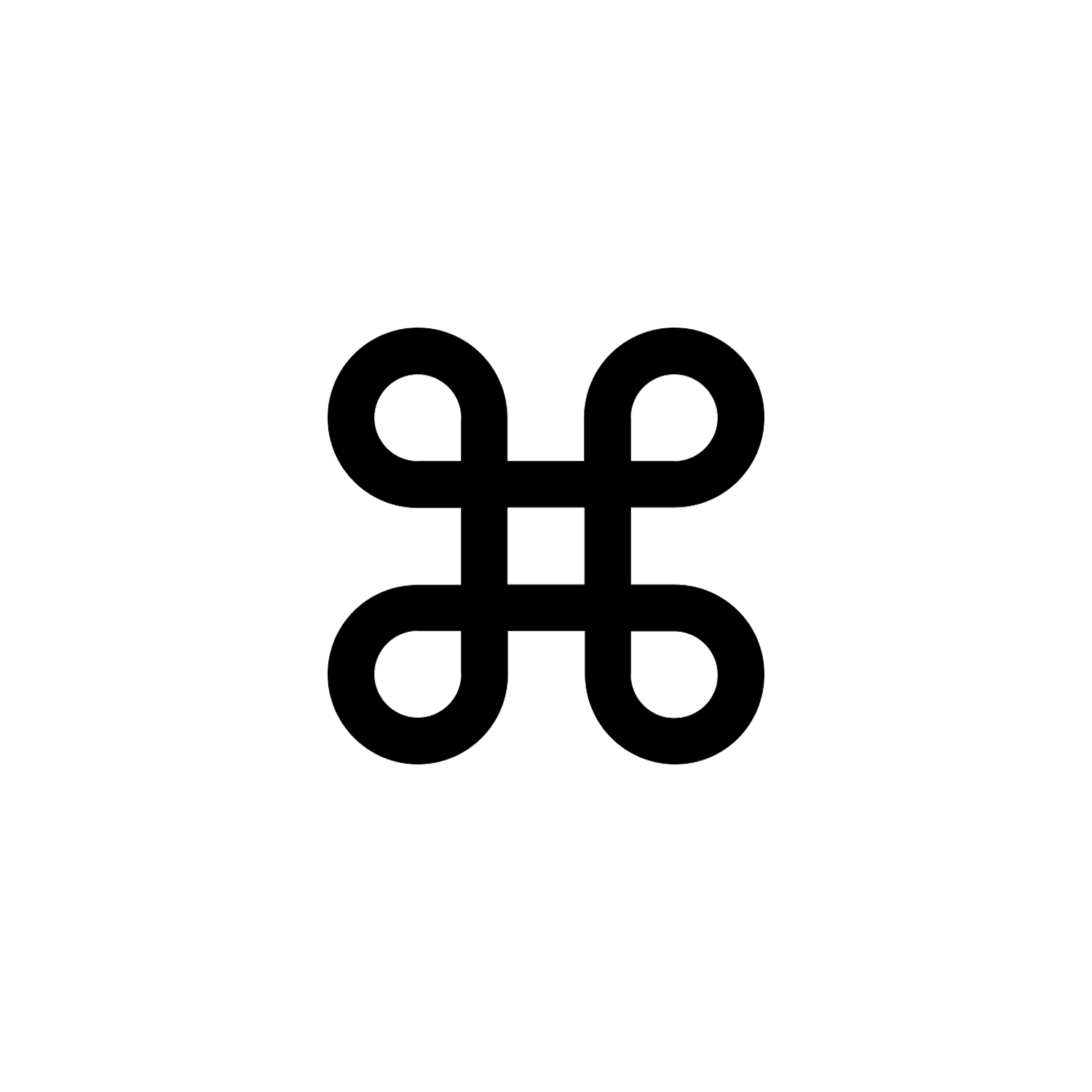Olive Branch
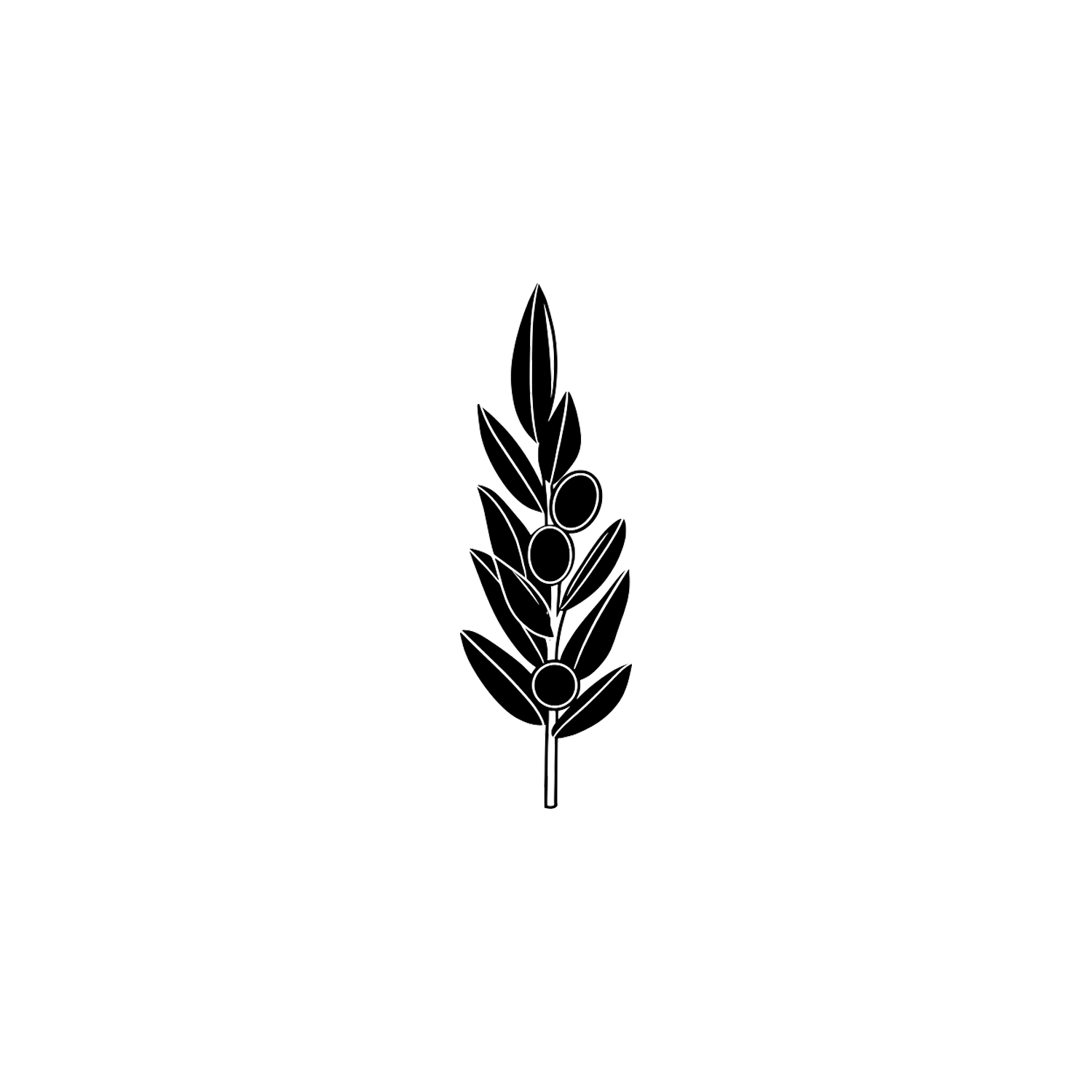

Olive Branch
An almost universal peace symbol.
Overview
The olive branch is a symbol of peace. It is associated with the customs of ancient Greece and ancient Rome, and is connected with supplication to gods and persons in power.
Likewise, it is found in most cultures of the Mediterranean Basin[1] and has become a near-universal peace symbol in the modern world.
Origin and Meaning
In Greek tradition, a hiketeria (ἱκετηρία) was an olive branch held by supplicants to show their status as such when approaching persons of power or in temples when supplicating the gods.[2]
In Greek mythology, Athena competed with Poseidon for possession of Athens. Poseidon claimed possession by thrusting his trident into the Acropolis, where a well of sea-water gushed out. Athena took possession by planting the first olive tree beside the well. The court of gods and goddesses ruled that Athena had the better right to the land because she had given it the better gift.[3] Olive wreaths were worn by brides[4] and awarded to olympic victors.[5]

The olive branch was one of the attributes of Eirene[6][7] on Roman Imperial coins.[8] For example, the reverse of a tetradrachm of Vespasian from Alexandria, 70-71 AD, shows Eirene standing holding a branch upward in her right hand.
The Roman poet Virgil (70–19 BC) associated “the plump olive”[9] with the goddess Pax (the Roman Eirene[6]) and he used the olive branch as a symbol of peace in his Aeneid.[10]
For the Romans, there was an intimate relationship between war and peace, and Mars, the god of war, had another aspect, Mars Pacifer, Mars the bringer of Peace, who is shown on coins of the later Roman Empire bearing an olive branch.[11][12]
Appian describes the use of the olive-branch as a gesture of peace by the enemies of the Roman general Scipio Aemilianus in the Numantine War[13] and by Hasdrubal the Boeotarch of Carthage.[14]

Although peace was associated with the olive branch during the time of the Greeks, the symbolism became even stronger under the Pax Romana when envoys used olive branches as tokens of peace.[15]
In Christianity
The olive branch appears with a dove in early Christian art. The dove derives from the simile of the Holy Spirit in the Gospels and the olive branch from classical symbolism. The early Christians often allegorized peace on their sepulchers by the figure of a dove bearing an olive branch in its beak.[12]
For example, in the Catacomb of Priscilla in Rome (2nd – 5th centuries AD) there is a depiction of three men (traditionally taken to be Shadrach, Meshach, and Abednego of the Book of Daniel[16]) over whom hovers a dove with a branch; and in another of the Roman catacombs there is a shallow relief sculpture showing a dove with a branch flying to a figure marked in Greek ΕΙΡΗΝΗ (Eirene, or Peace).[17]

Tertullian (c. 160 – c. 220) compared Noah’s dove in the Hebrew Bible, who “announced to the world the assuagement of divine wrath, when she had been sent out of the ark and returned with the olive branch”. with the Holy Spirit in baptism “bringing us the peace of God, sent out from the heavens”.[18] In his 4th century Latin translation of the story of Noah, St Jerome rendered “leaf of olive” (Hebrew alé zayit) in Genesis 8:11 as “branch of olive” (Latin ramum olivae).
In the 5th century, by which time a dove with an olive branch had become established as a Christian symbol of peace, St Augustine wrote in On Christian Doctrine that, “perpetual peace is indicated by the olive branch (oleae ramusculo) which the dove brought with it when it returned to the ark.” However, in Jewish tradition, there is no association of the olive leaf with peace in the story of the flood.[10][19][20][21]

Modern usage
An olive branch, sometimes held by a dove, was used as a peace symbol in 18th century Britain, France and America. A 1729 portrait of Louis XV by François Lemoyne portrays him offering Europe an olive branch. An A £2 note of North Carolina (1771) depicted the dove and olive with a motto meaning: “Peace restored”. Georgia’s $40 note of 1778 portrayed the dove and olive and a hand holding a dagger, with a motto meaning “Either war or peace, prepared for both.”[10] The olive branch appeared as a peace symbol in other 18th century prints. In January 1775, the frontispiece of the London Magazine published an engraving: “Peace descends on a cloud from the Temple of Commerce,” in which the Goddess of Peace brings an olive branch to America and Britannia. A petition adopted by the American Continental Congress in July 1775 in the hope of avoiding a full-blown war with Great Britain was called the Olive Branch Petition.[10]
On July 4, 1776, a resolution was passed that allowed the creation of the Great Seal of the United States. On the Great Seal, there is an eagle grasping an olive branch in its right talon. The olive branch traditionally has been recognized as a symbol for peace. It was added to the seal in March 1780 by the second committee appointed by Congress to design the seal. The olive branch has thirteen olives and thirteen olive leaves to represent the thirteen original colonies. Later on, the bald eagle and bundle of thirteen arrows were added. The idea of the olive branch opposing the bundle of thirteen arrows was to “denote the power of peace & war which is exclusively vested in Congress.”[22]

The flag of Cyprus and coat of arms of Cyprus both use olive branches as symbols of peace between the communities of the country; it also appears on the flag of Eritrea. Olive branches can be found in many police patches and badges across the world to signify peace.
The emblem and flag of the United Nations bear a pair of stylized olive branches surrounding a world map.
Conclusion
The origins of using olive branch as a symbol of peace lie in ancient Greek culture. In ancient Rome the defeated during a war used to hold an olive branch to indicate that they were pleading for peace.
According to Christian mythology, during the great flood, the dove sent in search of land by Noah, returned with an olive leaf.
According to some, an olive branch signifies peace because olive trees, because of their slow growth, are not cultivated during war time and therefore considered as peace-time trees.
[1] Lucia Impelluso (2004). Nature and its symbols. Getty Publications. p. 43.
[2] "LSJ: A Greek-English Lexicon".
[3] Robert Graves, The Greek Myths, Penguin, 1960, Sect.16.c
[4] "Olive branch". The Oxford English Dictionary, online ed., 2004. [1] (subscription required)
[5] "Penn Museum - University of Pennsylvania Museum of Archaeology and Anthropology". www.museum.upenn.edu.
[6] "IRENE (Eirene) - Greek Goddess Hora of Peace (Roman Pax)". www.theoi.com.
[7] Kathleen N. Daly and Marian Rengel, Greek and Roman Mythology A to Z, New York: Chelsea House, 2009
[9] Virgil, Georgics, 2, pp. 425 ff (trans. Fairclough)
[10] "Aeneas Offers an Olive Branch in Virgil's Aeneid". www.greatseal.com.
[11] Ragnar Hedlund, "Coinage and authority in the Roman empire, c. AD 260–295", Studia Numismatica Upsaliensia, 5, University of Uppsala, 2008
[12] James Elmes, A General and Bibliographical Dictionary of the Fine Arts, London: Thomas Tegg, 1826
[13] "Appian, The Spanish Wars 19 - Livius". www.livius.org.
[14] Nathaniel Hooke, The Roman history: From the Building of Rome to the Ruin of the Commonwealth, London: J. Rivington, 1823
[15] Tresidder, Jack, ed. The Complete Dictionary of Symbols. San Francisco: Chronicle, 2004.
[16] Parrochia di Santa Melania Archived 2010-09-29 at the Wayback Machine
[17] "David Salmoni".
[18] Hall, Christopher A., Worshipping with the Church Fathers, InerVarsity Press, 2009, p.32
[19] Genesis Rabbah, 33:6
[20] "Babylonian Talmud: Sanhedrin 108". www.halakhah.com.
[21] "Eruvin 18b" (PDF).
[22] Charles Thomson as referred to in "The Great Seal of the United States." Washington D.C.: U.S. Department of State Bureau of Public Affairs, 2003.
Latest Symbols
Monthly Digest
A summary of symbols for the month in a quick read format straight to your inbox.



